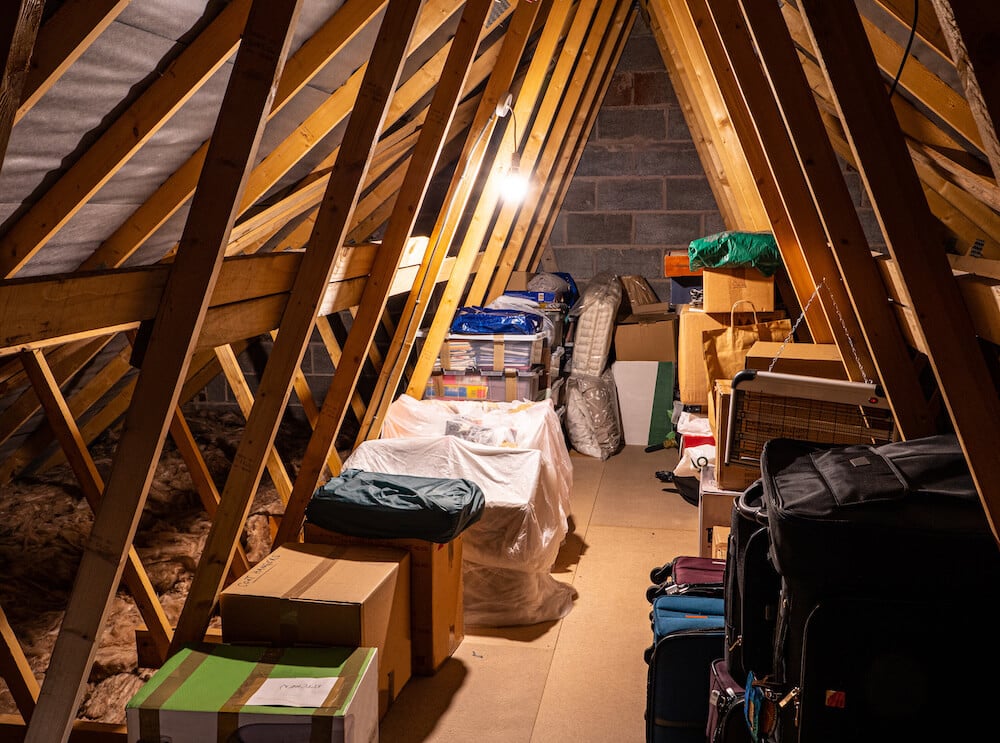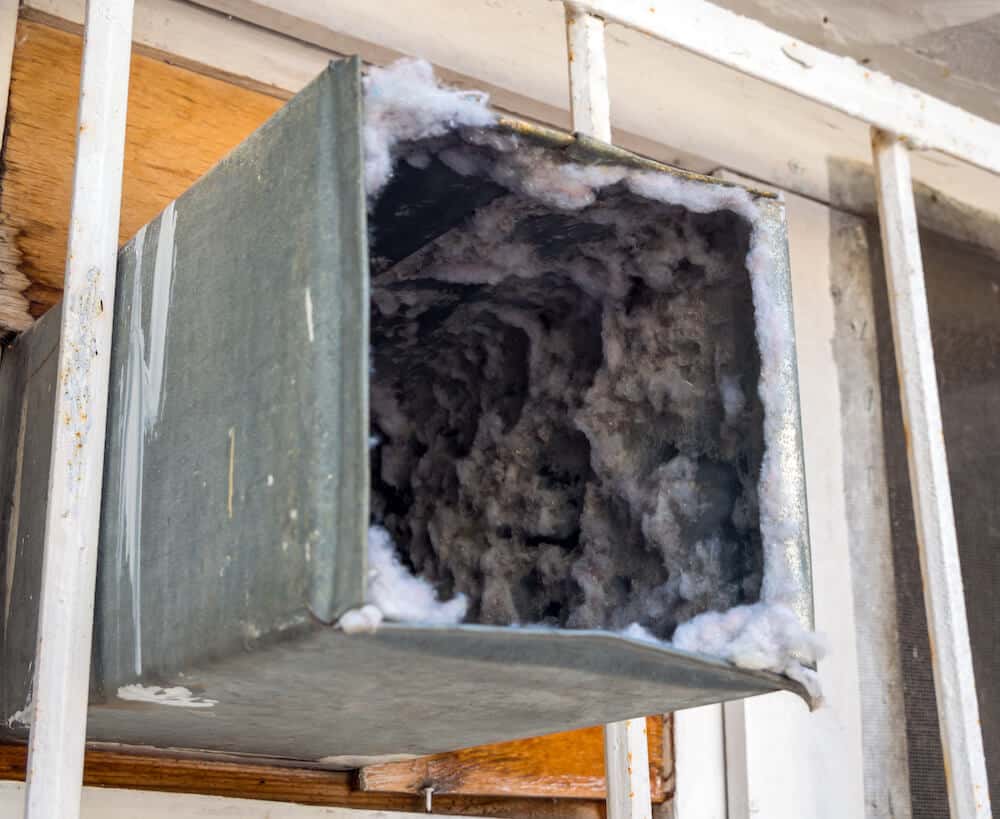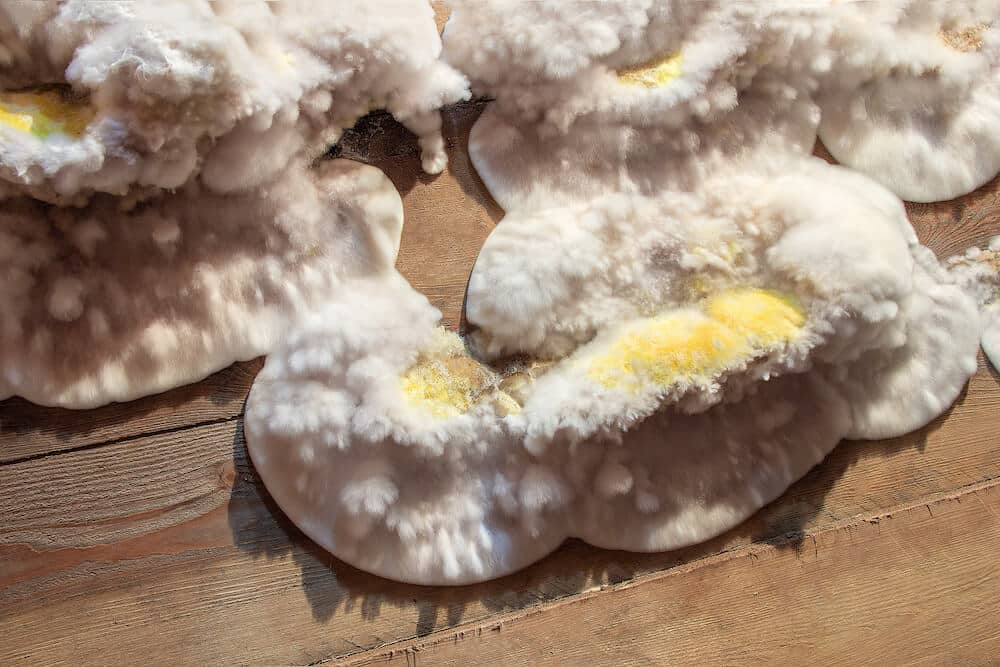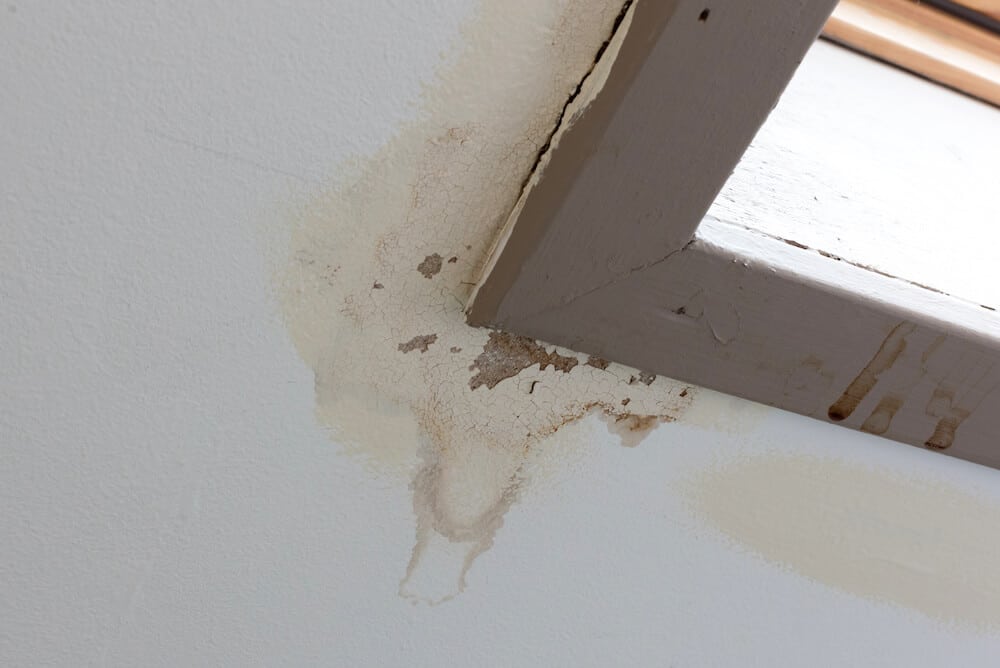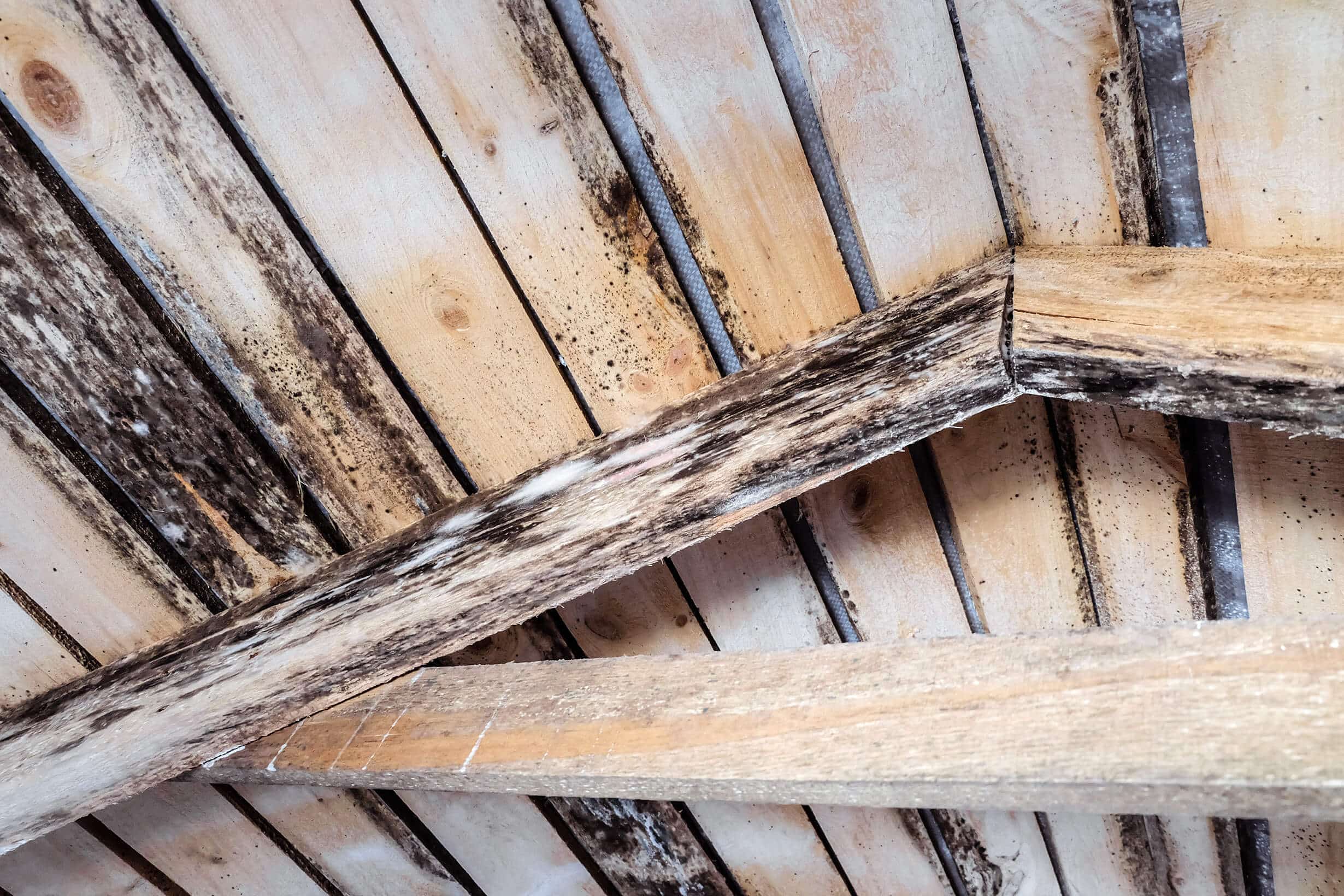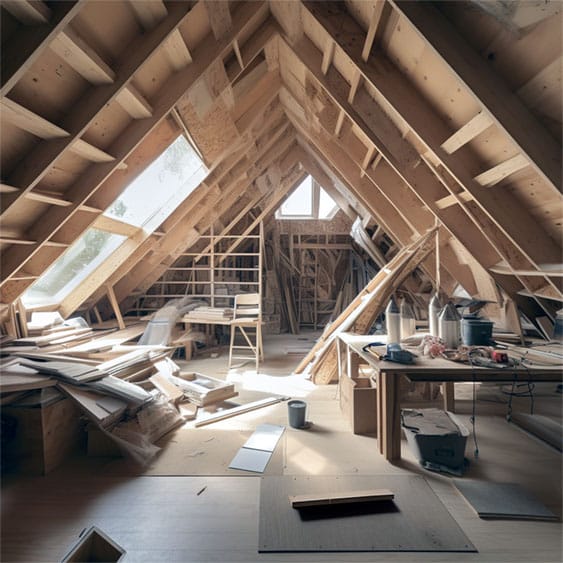
Seattle Attics: The Insulation Challenge (and How to Conquer It!)
Seattle’s Wet Climate Complicates Attic Insulation Seattle’s climate, characterized by long stints of rampant rainfall and lingering marine air, creates unique attic and crawl space insulation considerations. The city’s signature cool, damp air can accelerate the breakdown of traditional insulation materials and dramatically affect the R-value, a measure of thermal resistance. Maintaining an adequate R-value in these conditions is critical for maintaining energy efficiency and preventing long-term structural damage. In Seattle, special attention should be paid to attic insulation. Being closer to the exterior environment, the attic is the first to be affected by outside weather conditions and is also the most vulnerable to temperature fluctuations. As such, improper attic insulation can contribute to various problems, including moisture issues, drastic thermal changes, and even infrastructure damage. Therefore, for Seattle homeowners, understanding and adapting to the local wet climate can be pivotal to maintaining the integrity and efficiency of their insulation. Long Stretches of Rainy Weather The city of Seattle is undoubtedly familiar with prolonged periods of precipitation. On average, the city grapples with 155 + days of rain annually (1), each bringing a notable increase in moisture levels. This impacts outdoor activities and significantly affects the energy efficiency and structural integrity of homes in the region. The soggy climate poses salient challenges for home insulation, particularly in attic areas where moisture tends to seep in and collect over time. As a harbor city nestled in the Pacific Northwest, Seattle’s daily humidity presence can amplify the negative impacts of improper insulation. Despite the frequent grey skies and drizzle, addressing these issues head-on can ensure a warm and dry home environment, even amidst the most persistent rainfall. Marine Air Brings Dampness Nestled near the sea, Seattle residents are particularly exposed to the effects of damp marine air. The city’s coastal location results


